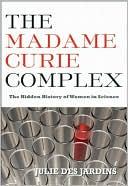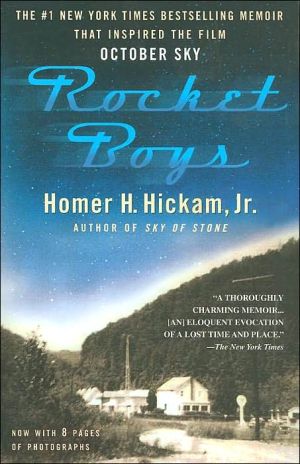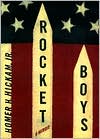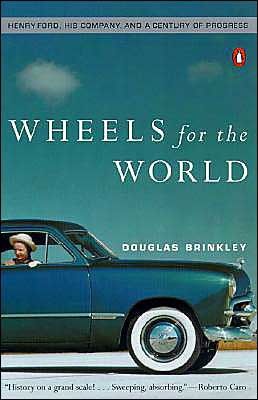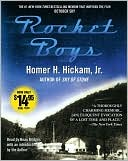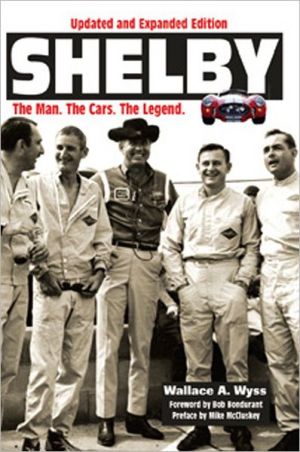The Madame Curie Complex: The Hidden History of Women in Science
Search in google:
The real-life stories behind the gendering of science. Kirkus Reviews How women have shaped science and vice versa. Since the early 1900s, Marie Curie (1867-1934), a two-time winner of the Nobel Prize, has been an inspiration for women who aspire to become scientists. Des Jardins (History/Baruch Coll.; Women and the Historical Enterprise in America: Gender, Race, and the Politics of Memory, 1880-1945, 2002) deconstructs the myth of a woman who was apparently "achieving it all: marriage, family, and career," and setting the standard: "To succeed in men's fields, women couldn't be themselves; they had to perform better than men." The author examines the lives of Maria Goeppert Mayer (1906-1972), winner of the Nobel for discovering the shell structure of the nucleus, and Rosalind Franklin (1920-1958), whose seminal work on the structure of DNA anticipated Crick and Watson's "discovery" of the double helix but was largely overlooked. While opportunities for women holding doctorates in science increased during World War II, in its aftermath "the ratios of women to men [employed] in math and physical sciences plummeted to one in twenty-five." Married women who successfully forged careers were expected to make a superhuman effort, while accepting their subordinate role to men, both in the home and in the lab. Rosalyn Sussman Yalow-the winner of the 1977 Nobel in Physiology or Medicine who was dubbed "a Madam Curie from the Bronx" for her groundbreaking work on radioactive tracers-appeared to subordinate herself to physician Sol Berson, her partner until his death in 1972. She deliberately scripted her behavior to accord to the accepted portrait of Marie Curie as the "doer" and her husband Pierre as the "thinker." In her Nobel speech, Yalow spoke about how sexismin science was an obstacle for women to rise above, but she failed to challenge the basic presumptions of sexist science. Des Jardins juxtaposes Yalow's failure with the crucial role played by such luminaries as environmentalist Rachel Carson, primatologist Jane Goodall and biologist Barbara McClintock. A solid combination of a feminist critique and a fascinating discussion of the progression of 20th- and 21st-century science.
Introduction: Through the Lives of Women Scientists 1I Assistants, Housekeepers, and Interchangeable Parts: Women Scientists and Professionalization 1880-1940 111 Madame Curie's American Tours: Women and Science in the 1920s 232 Making Science Domestic and Domesticity Scientific: The Ambiguous Life and Ambidextrous Work of Lillian Gilbreth 533 To Embrace or Decline Marriage and Family: Annie Jump Cannon and the Women of the Harvard Observatory, 1880-1940 88II The Cult of Masculinity in the Age of Heroic Science, 1941-1962 1174 Those Science Made Invisible: Finding the Women of the Manhattan Project 1305 Maria Goeppert Mayer and Rosalind Franklin: The Politics of Partners and Prizes in the Heroic Age of Science 157III American Women and Science in Transition, 1962 2016 Generational Divides: Rosalyn Sussman Yalow, Evelyn Fox Keller, Barbara McClintock, and Feminism after 1963 2197 The Lady Trimates and Feminist Science?: Jane Goodall, Dian Fossey, and Birut? Galdikas 253Conclusion: Apes, Corn, and Silent Springs: A Women's Tradition of Science? 285Acknowledgments 295Index 297
